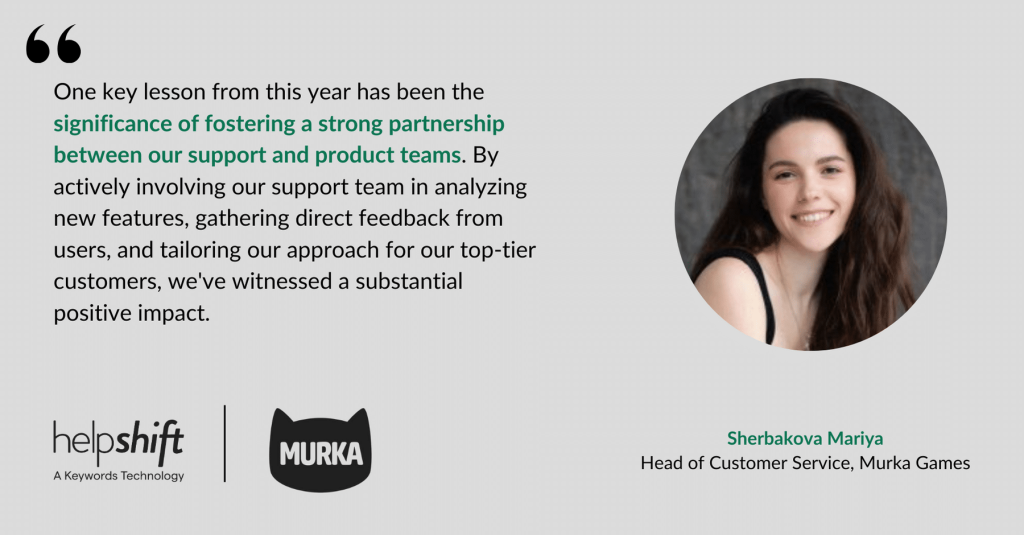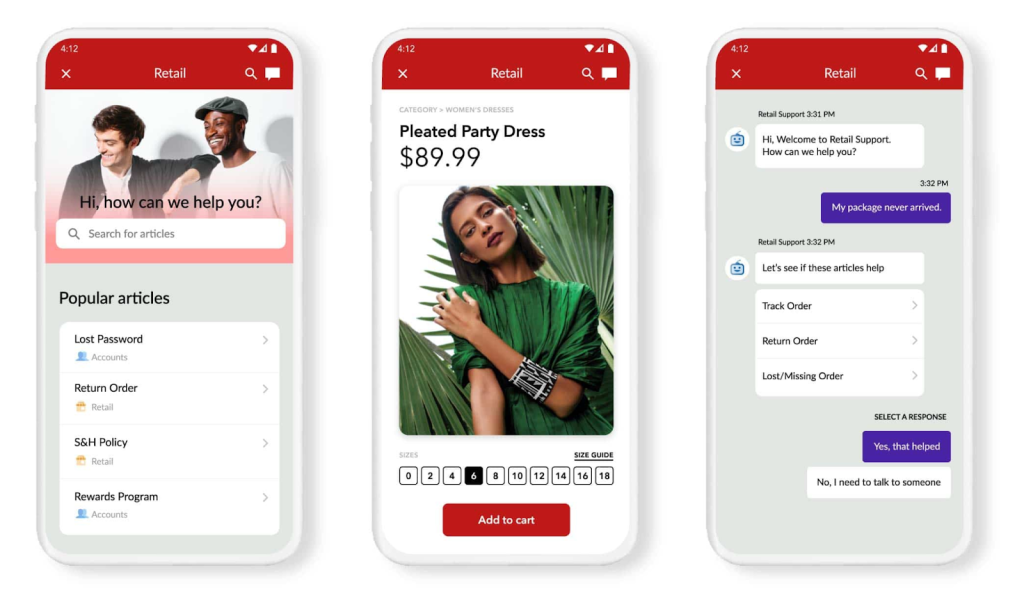An online community is a group of people who share the same interests and communicate with each other via the Internet. These communities are often made up of people who have never met one another but share common interests. Online communities enable people to have discussions and share content from all over the world, providing a sense of belonging. Today, there are many online platforms for organizing a community: social media, forums, blogs, and you can even use a dedicated solution to create your own community that won’t rely on any of the social media platforms.
With the development of network communications, the role of Internet communities in business and the economy has increased significantly. They’ve become the basis for the formation of a positive or negative image of company brands because they allow you to get feedback from unbiased people about almost any brand. Successful companies create online customer clubs on their websites where the customers talk about their experiences or get support. Such communities form a loyal attitude of the audience to the brand.
10 features that make a strong online community
How is a community different from a group, audience, society as a whole, or an organization? Here are the main characteristics of a community:
- There should be more than three people in the community.
- Participants have something in common (ideas, shared experiences, and structure).
- Participants need to get familiar with each other (or already know each other).
And here are some more characteristics of an online community that are also a sign of its success:
1. Unique content
The content of a successful online community should be simple as if the author is talking to a friend. With your posts, you set the format for your visitors. The visitors will find it easier to start by expressing ordinary thoughts than trying to create a masterpiece. Collect links to the most useful resources on your topic and make your website, app, or social media page a convenient entry to other resources.
2. User-generated content
As your community grows, there will be more user-generated content (UGC) in it. This is the content created by community members, “inspired” by your products or services. User-generated content is a win both for brands and their members. It provides people with an outlet to express their opinions while also giving the brand more exposure among potential customers.
UGC is a window into the mind of consumers. Brands can promote themselves through this avenue, and in turn, it helps them to become more connected with their customers on an emotional level. This offers brands insight into consumer opinion that they simply could not get elsewhere. Sometimes, users will even join up as brand advocates after expressing how much they like certain products or services; these are called word of mouth endorsements.
3. Online platforms
Communities exist within the framework of various online platforms. If your brand has an app, then you already have a platform. The only thing that remains is to integrate community features into your app, such as an in-app chat or activity feeds.
However, even if your online community is not based on a social media platform, we recommend having a presence there anyway. For example, advertise your platform as a Facebook fan page and develop new target groups by using the “share” mechanism. Or tweet the latest forum topics to attract new users.
LinkedIn groups also offer potential. If you now activate the contacts and interest groups for which your community could be relevant, nothing stands in the way of lively exchange.
4. Moderation
To avoid conflicts and make sure that the community is a welcoming place for everyone who’d like to join it, regular administration and moderation of the resource is necessary. Moderators are indispensable when the number of community members increases. Their primary tasks are administering your forum and ensuring netiquette. In addition, responsible people should be trained in or have experience with community management so they can respond appropriately to suggestions and criticism.
5. Stability
Communities that are created with an intention are typically characterized by greater organization, stability, and viability compared to spontaneous ones. Stability also means returning, engaged, and dedicated community members. For brand communities, engagement means motivating the members to remain loyal to the brand and participate in its growth. An engaged community promotes stronger relationships and member loyalty.
6. Rules
Before you start an online community, you need to define your so-called “netiquette”. Rules and behaviour guidelines are particularly important on the Internet to provide a framework for the discussion. In the digital space of anonymity, users’ inhibitions fall faster. A respectful tone is just as much a part of your community as the free exchange of opinions. Provide the netiquette separately so that all users can access it at any time.
7. Optimization for search engines
The right search engine optimization (SEO) and app store optimization (ASO) tactics ensure that search engines and app store users can find the content of your community. Correct app store descriptions or meta descriptions for search engines with optimized keywords are an integral part of any SEO/ASO strategy. Tools like Google Analytics help to create a list of relevant keywords.
8. Diversity
With online space being an irreplaceable part of our everyday life, you need to make sure that all opinions and thoughts are counted and respected. A creative and innovative online society will only thrive if it is tolerant and thus welcomes diversity in all its forms. Diverse communities mean not only diversity in ethnicity but also in ideas, thoughts, values, etc.
9. Onboarding of new members
Every time a new member joins your community, it is crucial that you give them a warm welcome so that they feel comfortable in the community from day 1. Just like you show the guests around your home instead of only opening the door, educate your new community members on how the community works and how you both can help each other.
For example, you can send a welcome email or create an onboarding sequence within your app, website, or platform that hosts the community. After onboarding, the new member will feel that they are a valuable addition to the community and this encourages them to become more active and engaged.
10. Gamification
Community gamification works by applying game mechanics like points, rewards, and challenges that encourage interaction and communication between the members. This practice is most effective for highlighting influential and active representatives of the target group as well as creating cohesive groups with their own slang, indicators of success, and signs of belonging.
This concept, to a certain extent, resembles thematic forums – the most active members receive points, titles, and recognition from other members of the forum. Competition badges also create a sense of fulfilment, as they represent the user’s achievements.
Members can receive rewards for various contribution-related activities, e.g. writing the first post, receiving a certain number of likes and/or comments, answering a question, having the greatest number of upvotes, etc. This motivates them to become more active community members and thus contribute to the overall success of your brand.
Over to You
An online community is not just a place where people communicate with each other from time to time. In fact, a thriving community should have a range of certain features that can lead it to success, especially when it is a brand community. For example, a strong online community should onboard its members, have a lot of user-generated content, possess gamification features, and much more.




